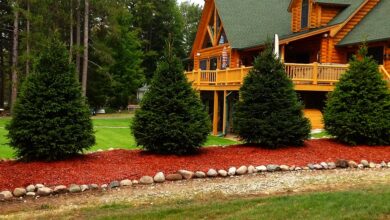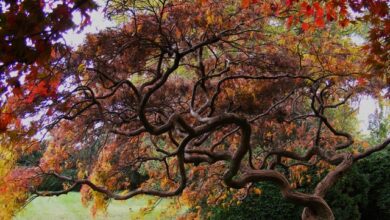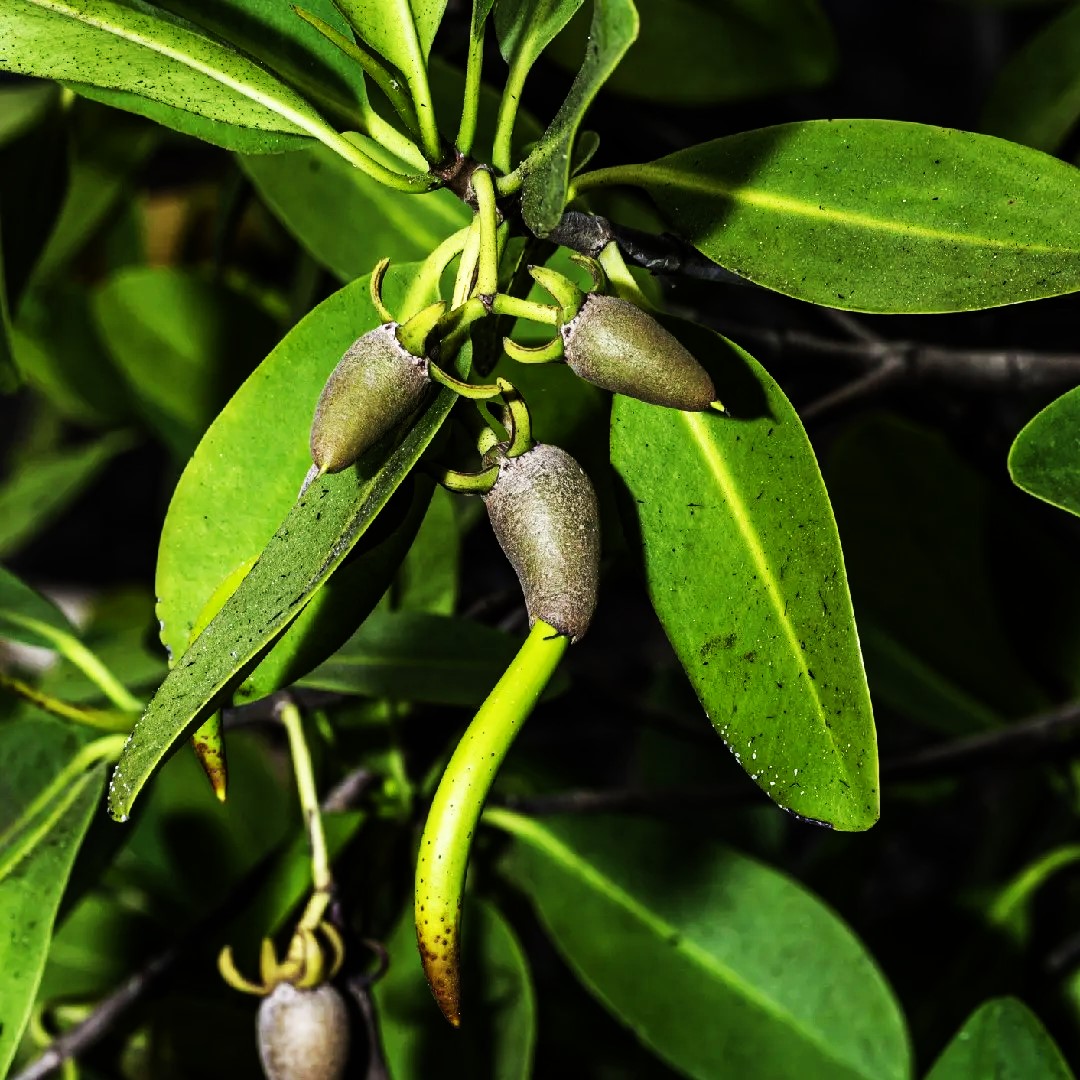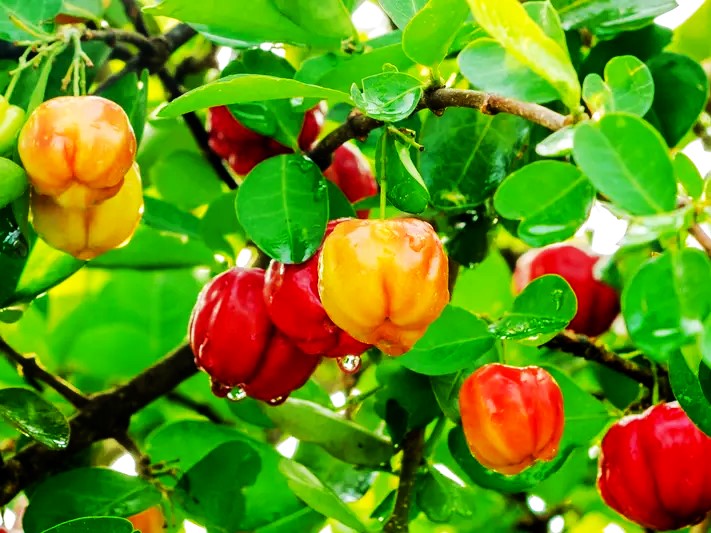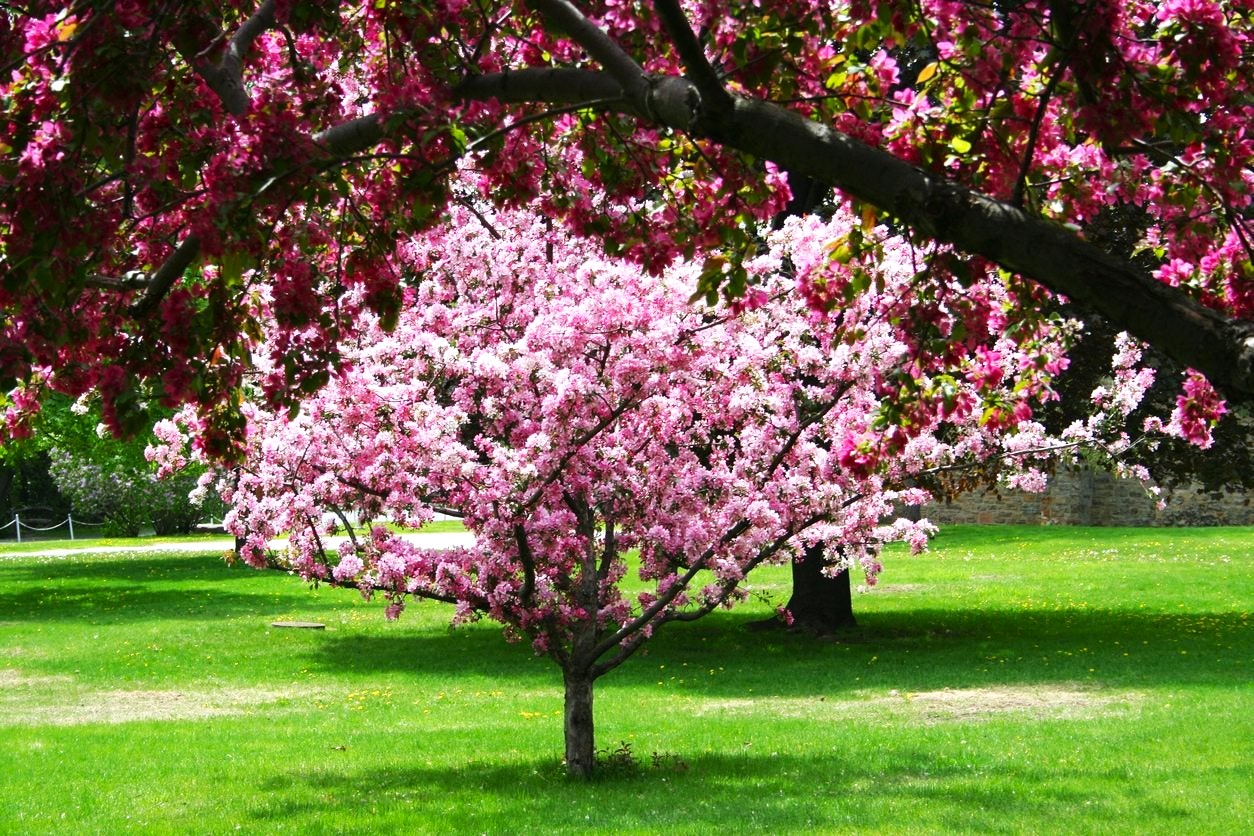Birch Tree Varieties: Information About Birch Tree Species
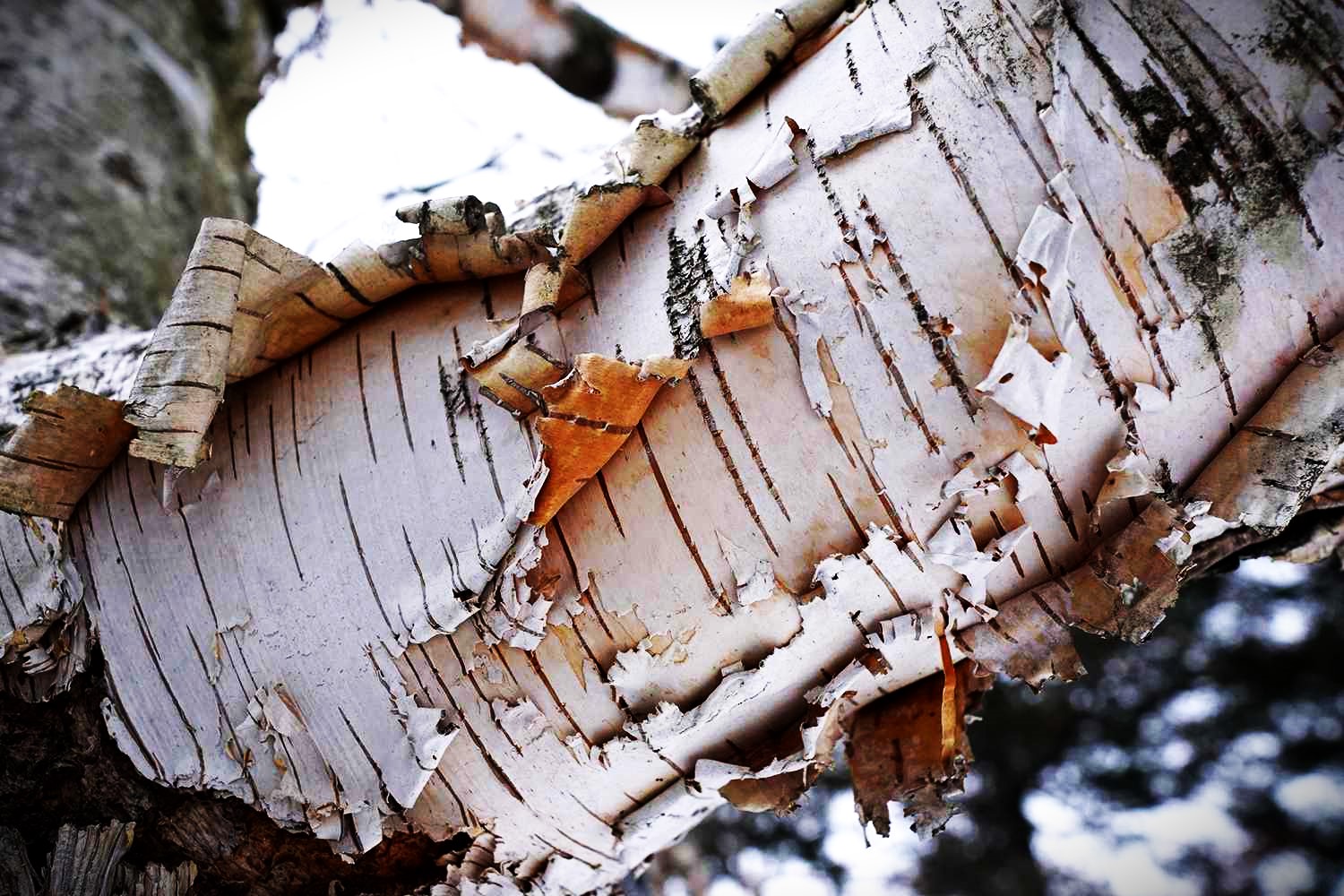
Birch trees are graceful, slender trees that look great in a backyard or garden. Many have heart-shaped leaves that turn a brilliant yellow in the fall, along with pale bark. The genus Betula contains a wide variety of birch species. Although each has unique qualities, the majority thrive in soils that are moist, rocky to sandy, well-drained, and slightly acidic. In mild to cool climates, birches prefer full sun to part shade; summer heat and humidity can stress them. Planting them north of USDA zone 7 is optimal.
What Kinds of Birch Trees Are There?
You’re not incorrect if you assume birch trees have green leaves and papery white bark. These characteristics are common to many birch tree varieties. However, did you know that, even without accounting for birch tree cultivars, there are dozens of different types of birch trees, some of which have completely distinct appearances?
Betula pendula, or European birch
USDA zones 2 through 7.
The European birch tree, which has a single trunk and gracefully drooping foliage, is native to both Europe and Asia. Its characteristic papery-like strips of white bark exfoliate. This tree, also known as the European white birch, weeping birch, or silver birch, is highly susceptible to the bronze birch borer and is therefore rarely used in landscape design. Cultivars can reach heights of up to 80 feet (24 meters).
Betula papyrifera, or paper birch
USDA zones 2 through 7.
Some say that because of its lone white bark and beautiful fall color, the paper birch is the most beautiful variety of birch. The paper birch is a native of the northern regions of the United States and Canada. It can grow as a single-trunk tree or as a shrub with several trunks. Its thin white bark, which peels from the trunk in layers resembling paper, gives it its common name. This is the traditional birch tree, which was previously used to make canoes with birch bark. This tree’s leaves, buds, and catkins serve as food for birds and other wildlife. It can withstand the bronze birch borer to some extent.
Betula nigra, or river birch
USDA zones 5 through 9.
The river birch tree, also known as the black birch, red birch, or water birch, is a native that grows quickly and tolerates heat. It is becoming more and more popular in home landscaping. You will love the way river birch bark curls and exfoliates to reveal lighter, inner bark, whether you decide to grow it as a single trunk tree or as a multi-trunk clumping tree. Before they fall, the deep green leaves turn a beautiful butter yellow. The bronze birch borer is not easily defeated by this river birch.
Beluga lenta, or black birch
USDA zones 3 through 8.
This is a large tree, also called sweet birch and cherry birch. With a single trunk, it can reach heights of up to 70 feet (21 meters). Despite its size, this tree makes a beautiful backyard specimen with glossy mahogany bark that splits vertically to form scaly plates. The tree blooms in the late spring and yields catkins in the late summer, which the deer, moose, small mammals, and birds eat. The bronze birch borer, which can wipe out other birch species, does not harm this tree. In certain areas, the sweet birch is referred to as Virginia roundleaf birch, black birch, cherry birch, mahogany birch, or spice birch.
Fifth, betula populifolia, or gray birch
USDA zones 3 through 8.
Though it shares similarities with paper birches, the gray birch can be distinguished by its propensity to develop multiple trunks. In contrast to the paper birch, its whitish-gray bark does not peel. It prefers moist soil and thrives in wetter conditions, though it will grow in dry, sandy areas.
Betula alleghaniensis, also known as yellow or golden birch
USDA zones 3 through 7.
The color of the bark on this native North American birch gives rise to its common name. In old-growth forests, this single-stemmed tree can live up to 300 years. Its lifespan is 150 years. The tree is known by many common names, such as hard birch and gold birch, because of its yellowish bronze bark, which peels in narrow horizontal strips. The yellow birch, one of the largest birches in North America, can reach heights of up to 90 feet (27 meters), making it a valuable species for the lumber industry in the region. For birds and other wildlife, it is a crucial source of food in the woodland.
White Birch from Japan (Betula platyphylla “Japonica”)
USDA zones 3 through 8.
This birch, which is native to Korea and Japan, can reach heights of 50 feet (15 meters). Its thin, spreading branches have a dip at the end, and it has white bark. This is a birch that thrives in full sun in a cool climate, but it can grow almost anywhere there is regular soil moisture. Birch borer insects target trees more frequently in warmer climates.
Water birch (Betula fontinalis, also known as Betula occidentalis)
USDA zones 3 through 7.
The fact that water birch is usually found along streams and waterways in the United States and Canada shouldn’t come as a surprise. Though it grows to only 25 feet (8 m) in dense thickets in mountainous regions of western North America, or to 40 feet (12 m) as a standalone tree, this pretty birch is one of the small birch varieties. Aim away from the traditional white birch bark. The smooth, dark mahogany bark is visually appealing and does not peel. This tree provides food and building materials for beavers. Black birch, river birch, western red birch, and red birch are some other common names for this species.
The dwarf betula nana, or birch
Zones 1 through 8 of USDA hardiness
In this common name, the word “dwarf” should be taken seriously. Native to cool climates, Betula nana is a small dwarf shrub that can grow up to 3 feet (1 m) tall, though it can occasionally stay as short as 6 inches (15 cm). This small birch is adaptable to many cultural settings, though it does best in a full-sun, moist, well-drained area. In arctic regions such as Greenland, Iceland, northern Europe, Asia, and Canada, it supplies essential cover vegetation.
Betula utilis var. jacquemontii, or Himalayan Birch
USDA zones 4 through 7 for hardiness
The white barked Himalayan birch is a beautiful tree with bright white, papery bark, pretty spring flowers, and yellow fall color. There are many things to love about this tree. This medium-sized birch tree thrives in colder climates and forms a pyramid shape from its single trunk. Damage from bronze birch borer is a serious threat, particularly in warmer climates. This tree is indigenous to Nepal and the West Himalayas, where it can reach heights of 50 feet (15 meters) in the wild.
Betula pumila, or Bog Birch
USDA zones 2 through 9 for hardiness
Bog birch is a short-lived plant. Reaching a maximum height of 10 feet (3 meters), this medium-sized, clump-forming birch resembles a shrub more than a tree. It grows well near lakes or in marshy places, where it can withstand periodic flooding and thrive in damp environments. Other names for bog birch include glandular birch, dwarf birch, resin birch, and swamp birch.

